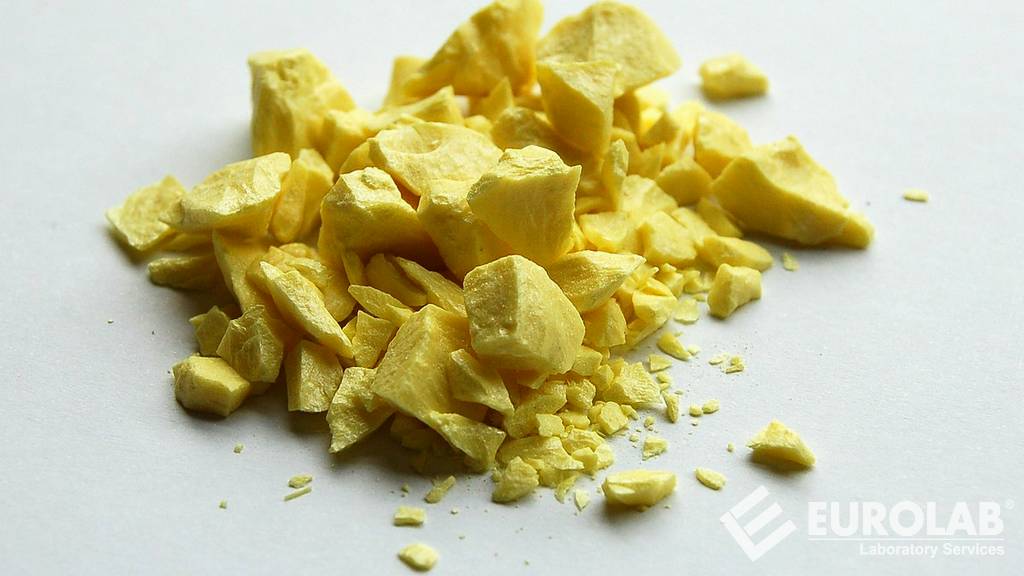

In the standard ASTM D1662, developed by the American Test and Materials Association (ASTM), a test method for determining the amount of active sulfur in cutting oils is provided. This test method applies to reactive sulfur with copper powder at a temperature of 150 degrees in cutting fluids containing both natural and additional sulfur. How the active sulfur content determined in this way might relate to the field performance of the coolant has not been determined by the American Test and Materials Association subcommittees. The full name of this standard is as follows: ASTM D1662-19 Standard test method for active sulfur in cutting oils.

The test method in this standard measures the amount of sulfur present that will react with metal surfaces to form solid lubrication aids at the test temperature. Reaction rates vary depending on metal type, temperature and time.
The test method presented, by the way, does not claim to address all of them if there are safety concerns for use. It is the sole responsibility of those applying this standard to establish appropriate safety and health practices and to determine the applicability of regulatory restrictions prior to use.
Cutting oils used in the machining of steel and similar materials require an active sulfur compound in the oil. An active sulfur compound is a compound that forms iron sulfide on the tool and work surface at a temperature lower than the welding temperature of the steel to prevent the two from welding together. This anti-weld property of the compound lubricant is especially necessary when working with soft metals, deep cuts and low cutting speeds. For harder metals, anti-weld properties are needed, but this is required for extreme pressure additives such as sulfurized or chlorinated oils and waxes, which have both cooling and load-bearing properties. In addition, too much iron sulfide build-up that would erode the edge or tip of the cutting tool is prevented in this way.
Oily oils cool the workpiece more than mineral oil, so they are less applied in cutting fluids, as they generally do not have anti-weld properties and do not exhibit anti-weld properties without extreme pressure qualities.
Sulfur is used as an extreme pressure additive in many extreme pressure oils and metalworking fluids. There are two types of sulfur compounds used: active and inactive sulfur. The main difference between them is that the active additives, the sulfur-containing additive, react with the surface at much lower temperatures, whereas inactive compounds react only at much higher temperatures.
The active additives have higher reactivity advantages and therefore provide better anti-friction protection, especially at lower temperatures.
The amount of active sulfur additive is measured by first determining the total sulfur content using an appropriate ASTM test method (e.g. ASTM D1662 test method), then reacting the active sulfur with copper powder and removing the copper sulphate by filtration and again measuring the total sulfur remaining.
With the test method described in the ASTM D1662 standard, friction is reduced during metalworking processes and excess heat is absorbed. The sulfur contained therein can be either active or inactive. Active sulfur provides high pressure properties for liquids typically used in sulfurized oil, heavy machining operations or processes involving stainless steel and hard alloys. This test method determines the percentage of active sulfur in the lubricating oils.
Our organization provides standard testing services for active sulfur in cutting oils within the scope of ASTM D1662 standard to enterprises that demand, within the framework of national and international standards, with a trained and expert staff and advanced technological equipment, among numerous testing, measurement, analysis and evaluation studies.
To get an appointment, to get more detailed information or to request an evaluation, you can ask us to fill in our form and reach you.